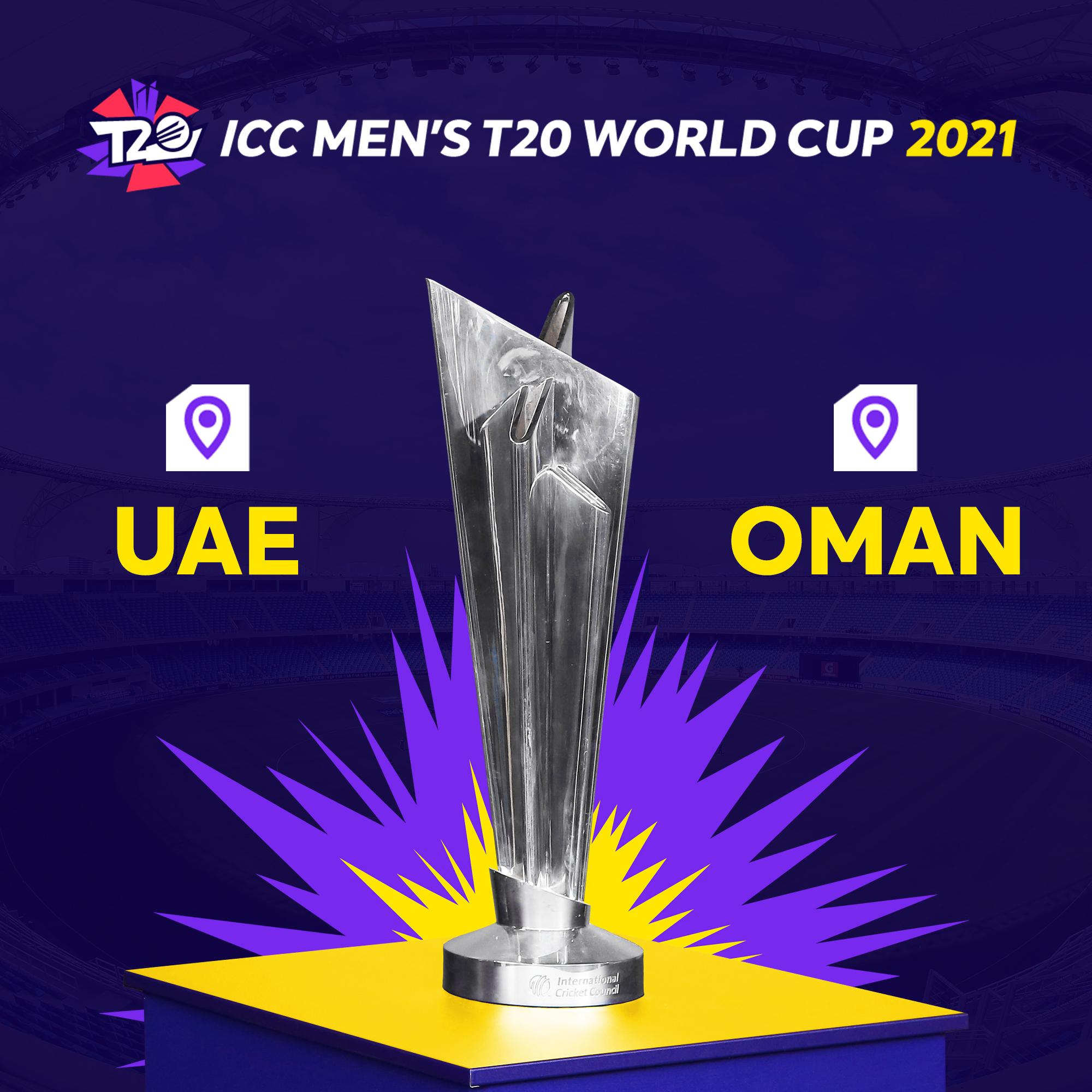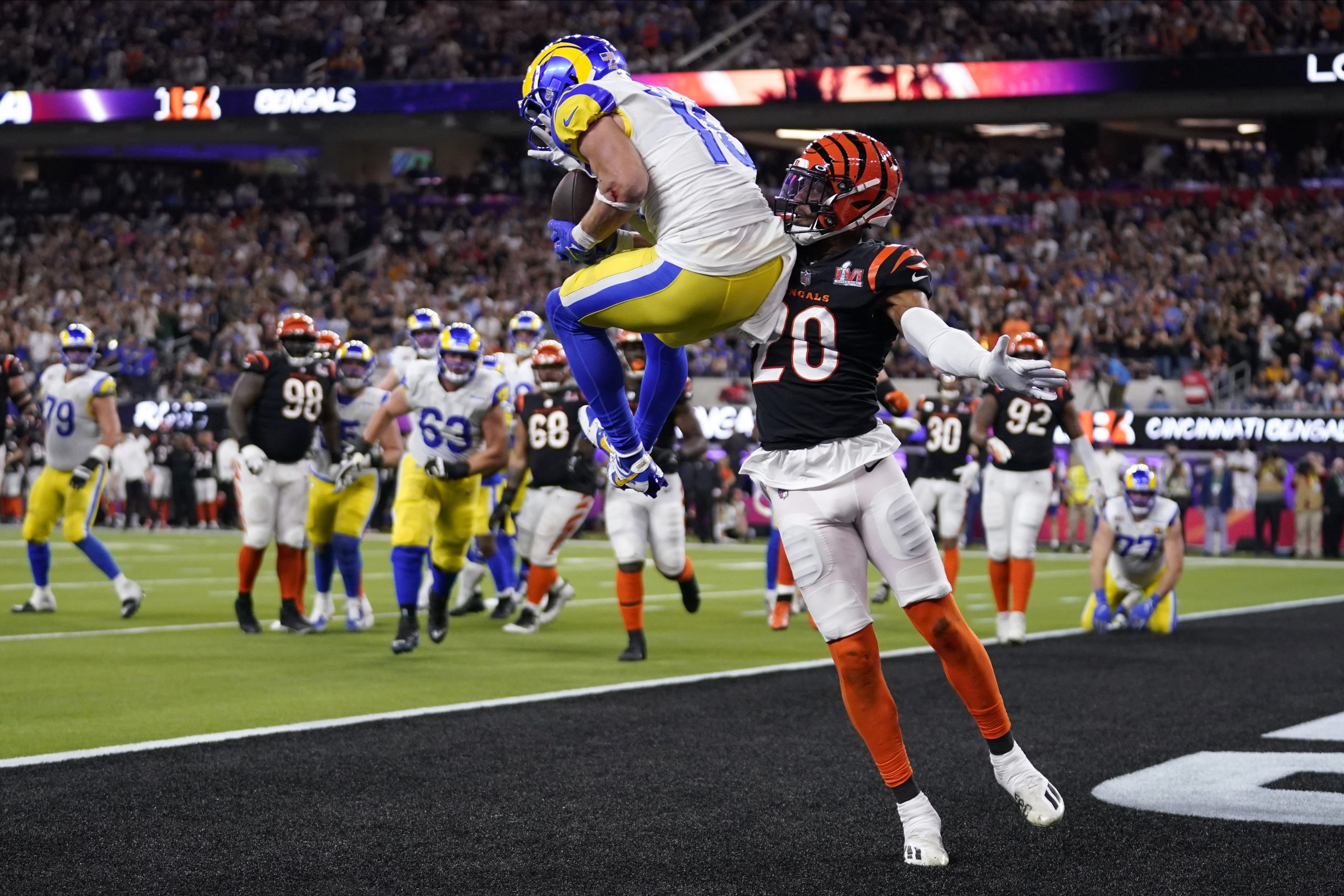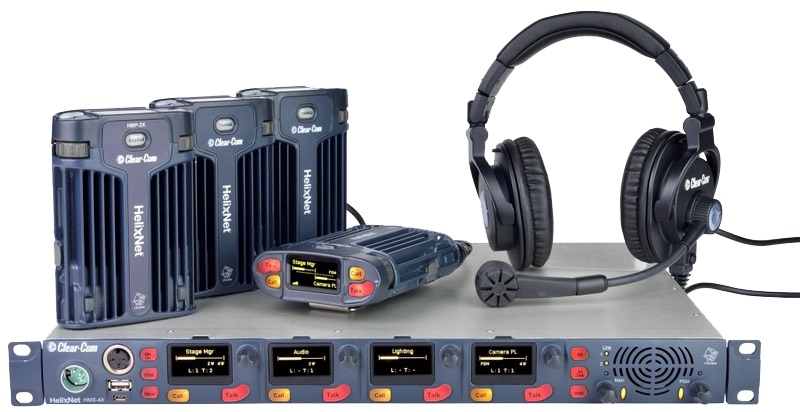Tech Focus: Intercoms, Part 3 — For Broadcast Sports, a Widening Array of Connecting Tech
A sampling of intercom applications for sports production
Story Highlights
The ways intercom technologies are applied to broadcast sports production vary as much as the sports themselves do. Case studies assembled by manufacturers offer a glimpse into the practical applications of what has become — in an era of wired and wireless, onsite– and at-home– production — a complicated landscape for intercom use.
At the Super Bowl
Super Bowl LVI was setting records on the production side even before kickoff. For instance, core production entity NEP Group deployed 27 trailers at SoFi Stadium between NBC Sports and NFL Films, which NEP U.S. Broadcast Services President Glen Levine describes as “probably one of the largest Super Bowls we’ve done.” The complement included ND1 and ND7 as the primary production hub for game and pre/postgame coverage, Supershooter 3 at the Lake Set, and Supershooter 9 and ST9 for the world feed.
It was just as crowded on the comms side. “There is more wireless here than anybody has ever assembled,” said Gary Rosen, VP, global sales, Pliant Technologies, prior to the game.
Plaint’s CrewCom intercom system provided the backbone for comms at Super Bowl LVI. “We’re talking about everything from the Skycams to monitors for the talent to all the people using our crew communications,” he said. “It’s just an unbelievable amount of RF for every application you can imagine. And on top of that, everybody considers this the most challenging RF environment you can imagine.”
According to his estimates, as many as 80 workers were using wireless intercoms, with spectrum spread across the 2.4 GHz and 900 MHz ranges to accommodate the large number of users and the fact that the security-heavy event was an incredibly dense RF environment. In addition, production staff used wired intercoms as well.
The intercom infrastructure is divided among what are essentially three distinct shows within the overall broadcast: the NBC production, NFL Network’s own production, and NBC Sports’ pre/postgame shows along with other production elements during the game — except for the Halftime Show. “Pretty much everything that is not the actual play-by-play during the game,” says Rosen. And everything has to be closely coordinated and synchronized over fiber to handle the quantity of wireless intercom used because of the wide range of locations within the SoFi campus.
“We have communications that start from the field and go to the locker room, to the rollout news desk and sportscasters that come on field before, in between [quarters], and after the game,” he explains. “Plus the tailgate show, which is part of the fan experience. There are performance stages, where they’re using CrewCom, and another area called the Lake Set, where we have NFL Network and NBC all broadcasting together. That’s probably a spread of a mile or a mile and a half. We’re covering a lot of ground.”
CrewCom serves as the wireless system for the NFL regular- and post-season games, as well as for Sunday Night Football and Thursday Night Football productions.
Esports Applications
Hi-Rez Studios Lead Broadcast Engineer Dylen Roberts deploys Clear-Com’s HelixNet Digital Network Partyline, LQ Series of IP Interfaces, and the Agent-IC Mobile App to facilitate efficient, high-quality communications among its teams and technical crews for esports events. The company hosts multi-player gaming tournaments, enabling the events to be broadcast on gaming and online platforms Twitch, Steam, Facebook, and YouTube. An average of six league tournaments per week are marked by various sizes, scopes, and communications needs. A typical production crew for a Hi-Rez gaming event may include several producers, a director, a technical director, playback and graphics operators, stage-screen operators, and lighting and administrative teams.
“We’re on anywhere from five to six days a week, with broadcasts lasting up to eight hours at a time,” says Roberts. “And we’re only continuing to grow. We definitely needed to get a handle on our comms capabilities.”
Keeping It Cricket
 The COVID pandemic raised the stakes for communications, with participants in productions working from home and elsewhere to stay safe. For the 2021 ICC Men’s T20 Cricket World Cup, the month-long tournament moved from its original host nation of India to Oman and the UAE, broadcasting from a variety of venues across the two countries. To make the production as smooth as possible, more than 50 RTS keypanels were deployed per stadium to support the broadcast, according to comms engineer Michael Southgate. The KP-Series keypanels were used over various areas, including the main broadcast-control room and commentary-production area, as well as edit facilities and match officials’ areas. The OMNEO IP-based media-networking architecture meant that the solution could be easily combined with other elements in the workflow, such as the audio console, and that every member of the crew could benefit from crystal-clear comms.
The COVID pandemic raised the stakes for communications, with participants in productions working from home and elsewhere to stay safe. For the 2021 ICC Men’s T20 Cricket World Cup, the month-long tournament moved from its original host nation of India to Oman and the UAE, broadcasting from a variety of venues across the two countries. To make the production as smooth as possible, more than 50 RTS keypanels were deployed per stadium to support the broadcast, according to comms engineer Michael Southgate. The KP-Series keypanels were used over various areas, including the main broadcast-control room and commentary-production area, as well as edit facilities and match officials’ areas. The OMNEO IP-based media-networking architecture meant that the solution could be easily combined with other elements in the workflow, such as the audio console, and that every member of the crew could benefit from crystal-clear comms.
Horse Sense
 Thoroughbred Racing Productions (TRP) deployed Riedel’s MediorNet system — a MediorNet MetroN core router and 21 MediorNet MicroN nodes, with flyaway frames and integrated multiviewers — enables modular and seamless distribution of video, communications, and data signals within each racecourse for broadcast production. Previously, TRP’s main facility relied on a two-way–radio field communications workflow and a traditional, centralized video router, with racecourse infrastructures that varied from racetrack to racetrack. TRP faced challenges common to any operation that relies on multiple two-way–radio channels for communications: licensing issues related to multiple users on a single frequency attempting to use the frequency at a particular site, RF interference, and the complexities of spectrum management for large productions with multiple vendors.
Thoroughbred Racing Productions (TRP) deployed Riedel’s MediorNet system — a MediorNet MetroN core router and 21 MediorNet MicroN nodes, with flyaway frames and integrated multiviewers — enables modular and seamless distribution of video, communications, and data signals within each racecourse for broadcast production. Previously, TRP’s main facility relied on a two-way–radio field communications workflow and a traditional, centralized video router, with racecourse infrastructures that varied from racetrack to racetrack. TRP faced challenges common to any operation that relies on multiple two-way–radio channels for communications: licensing issues related to multiple users on a single frequency attempting to use the frequency at a particular site, RF interference, and the complexities of spectrum management for large productions with multiple vendors.
“The deployment is especially notable for its heavy focus on IP-based solutions, leveraging Riedel’s expertise in IP-based workflows based on the SMPTE ST 2110 standard for broadcast,” says Espen Brynildsen, technical solutions manager, Riedel Communications Australia. “One of the key success factors for this project was the outstanding cooperation and open communication amongst Riedel, Sony, and TRP around such aspects as switch functionality and network optimization. It’s another example of TRP’s technology leadership and outstanding track record in broadcast coverage for thoroughbred racing.”
Click here for Tech Focus: Intercoms, Part 1 — Moving Deeper Into Wireless, IP, Virtual Territory.
Click here for Tech Focus: Intercoms, Part 2 — What’s on the Market.


